Decoding Age Spots: How They Develop and How Vitamin C Serum Can Help.
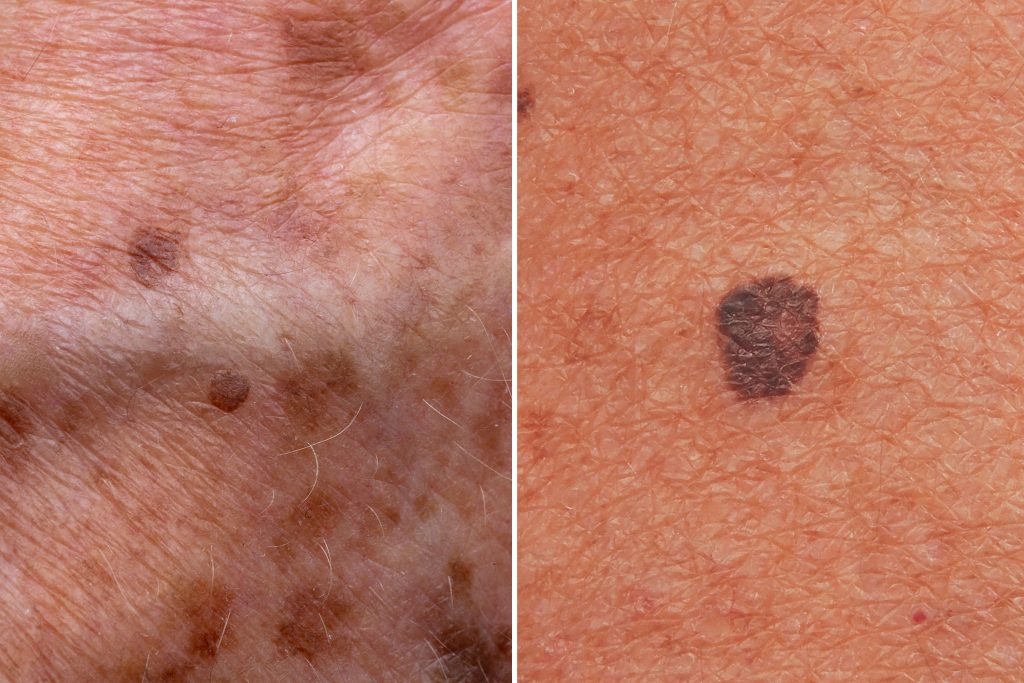
Why Age Spots Form on the Skin.
Table of Contents
Dark spots, also known as sunspots, liver spots, or solar lentigines, are a common skin concern that many people experience as they get older. These flat, darkened patches of skin can appear on areas frequently exposed to the sun, such as the face, hands, shoulders, and arms. While they are generally harmless, their presence can be a cosmetic concern for many individuals. Understanding how these spots develop is the first step toward prevention and effective treatment.
Age spots can be a source of frustration for many, but understanding their causes can empower you to take action against age spots.
The Science Behind Age Spots: A Deeper Dive
Dark spots are essentially the result of an overproduction of melanin, the pigment that gives skin its color. This overproduction is triggered by various factors, primarily UV radiation from the sun. Here’s a breakdown of the key mechanisms:

- UV Radiation: When skin is exposed to ultraviolet (UV) radiation, melanocytes, the cells responsible for producing melanin, become hyperactive. They start producing more melanin to protect the skin from further damage. This excess melanin can cluster together, forming the noticeable dark patches we know as age spots.
- Cumulative Sun Damage: Age spots don’t appear overnight. They are the result of cumulative sun exposure over many years, which is why they are more common in older adults. Each instance of unprotected sun exposure increases the risk of developing age spots.
- Genetics: While sun exposure is the main culprit, genetics also play a role. Some individuals are simply more prone to developing age spots than others, suggesting a hereditary component.
- Hormonal Changes: Hormonal fluctuations can also influence melanin production. For example, changes during pregnancy or menopause might lead to increased pigmentation.
- Age: As we age, our skin becomes less efficient at repairing itself and regulating melanin production, making us more susceptible to developing age spots.
In essence, dark spots are a visual testament to the skin’s battle against the constant assault of UV radiation. They represent areas where melanocytes have become overstimulated, leading to localized hyperpigmentation.
Preventing Age Spots: A Proactive Approach
The best way to manage age spots is to prevent them in the first place. Here are some key preventive measures:
- Sun Protection: Consistent and diligent sun protection is paramount. This includes wearing broad-spectrum sunscreen with an SPF of 30 or higher daily, even on cloudy days. Apply sunscreen liberally and reapply every two hours, or after swimming or sweating.
- Protective Clothing: Wearing hats, long sleeves, and sunglasses can offer additional protection from the sun’s rays.
- Seek Shade: Limit sun exposure during peak hours, typically between 10 AM and 4 PM when the sun’s rays are the strongest.
Treating Dark Spots: The Role of Vitamin C Serum
While prevention is crucial, effective treatments are available for those who already have dark spots. Vitamin C serum has emerged as a popular and effective topical treatment option. Here’s how it helps:
- Antioxidant Power: Vitamin C Serum is a potent antioxidant that can neutralize free radicals, unstable molecules that contribute to skin aging and damage, including hyperpigmentation.
- Tyrosinase Inhibition: Vitamin C inhibits tyrosinase, an enzyme essential for melanin production. By reducing tyrosinase activity, Vitamin C helps to decrease the formation of new age spots and fade existing ones.
- Collagen Boost: Vitamin C also plays a crucial role in collagen synthesis. By boosting collagen production, it can help improve skin elasticity and tone, contributing to a more youthful complexion overall.
- Brightening Effect: Vitamin C has brightening properties that can help even out skin tone and lighten existing dark spots. It achieves this by interfering with melanogenesis pathways.
| Feature | Description | Relevance to Age Spots |
|---|---|---|
| Antioxidant | Neutralizes free radicals | Prevents further damage and hyperpigmentation. |
| Tyrosinase Inhibitor | Reduces the activity of an enzyme responsible for melanin production. | Lightens dark spots and prevents new ones from forming. |
| Collagen Booster | Stimulates the production of collagen, a protein essential for skin structure and elasticity. | Improves skin texture and reduces the visibility of age spots. |
| Brightening Agent | Helps to even out skin tone and lighten dark patches. | Contributes to a more radiant and uniform complexion. |
How to Incorporate Vitamin C Serum Into Your Routine
To effectively use a Vitamin C serum for age spots, consider these guidelines:
- Patch Test: Before applying it to your entire face, perform a patch test by applying a small quantity on a less noticeable area of your skin to see if you have any allergic reactions.
- Application: Apply vitamin c serum on clean, dry skin, usually in the morning after cleansing and toning.
- Sunscreen: Always follow up with a broad-spectrum sunscreen, as Vitamin C can increase sun sensitivity. This is crucial to make the Vitamin C serum work safely and effectively.
- Consistency: Use your Vitamin C serum consistently for several weeks or months to notice results.
- Storage: Store your serum in a cool, dark place to protect it from degradation.
Many people are turning to natural remedies for age spots, seeking effective solutions that align with their skincare goals.
Beyond Vitamin C Serum: Other Treatment Options
While Vitamin C serum is beneficial, it’s often used in conjunction with other treatments for optimal results. These include:
- Retinoids: Topical retinoids, derived from Vitamin A, can help to speed up cell turnover and lighten dark spots.
- Chemical Peels: These procedures use acids to exfoliate the top layer of skin, revealing fresher, less pigmented skin underneath.
- Laser Therapy: Lasers target the melanin in age spots, breaking it down and allowing the body to naturally remove it.
- Cryotherapy: This treatment involves freezing the affected area with liquid nitrogen, causing the spot to peel off.
- Topical Lightening Agents: Creams containing ingredients like hydroquinone, kojic acid, or azelaic acid works by reducing and lightening the dark spots.
Conclusion
Dark spots are a common skin concern resulting from melanin overproduction caused by sun exposure, genetics, and normal aging. Prevention by minimizing sun exposure and incorporating sun protection into your daily routine is critical in keeping dark spots at bay. When dark spots are already present, incorporating a Vitamin C Serum into your daily skincare routine can be a game changer. “The best way to predict your future is to create it.” – Abraham Lincoln. This quote perfectly speaks on the need for proactive steps in looking after your skin and preventing dark spots. Coupled with other treatments, Vitamin C serum can significantly reduce the appearance of dark spots, improve overall skin tone and contribute to a more youthful complexion.
Frequently Asked Questions (FAQs)
- Are age spots a sign of skin cancer?
- Most age spots are benign. However, it’s essential to consult a dermatologist if you notice any changes in size, shape, or color or if the spot is bleeding, itchy, or painful, as these could be signs of skin cancer.
- How long does it take for Vitamin C serum to work on age spots?
- The time it takes to see noticeable results varies. Some people may see improvements in a few weeks, while others may need several months of consistent use. Consistency is key.
- Can Vitamin C serum be used with other active ingredients like Retinol?
- Yes, but with caution. It’s best to time the use of these active ingredients. For example, use Vitamin C in the morning and Retinol at night to avoid potential skin irritation.
- Are all Vitamin C serums the same?
- No, Vitamin C serums vary in their concentrations and formulations. Look for serums that contain L-ascorbic acid, as it’s the most effective form of Vitamin C. Also, make sure the concentration is appropriate for your skin type, as some people with sensitive skin may find a lower concentration more suitable.
- Can I use Vitamin C serum on sensitive skin?
- Yes, but start with a low concentration to avoid irritation, and perform a patch test first. Choose a serum with a gentle formulation and gradually increase frequency of use.
This article provides comprehensive information on dark spots, their development, prevention, and treatment focusing on the benefits of Vitamin C serum. It also included FAQs, a table, a quote, and adhered to the specified tone, POV, and length.
In conclusion, understanding age spots and their prevention and treatment can lead to healthier, more radiant skin.
Age spots can affect anyone, but they are more prevalent in individuals with lighter skin tones. Taking care of your skin is essential to managing age spots effectively.
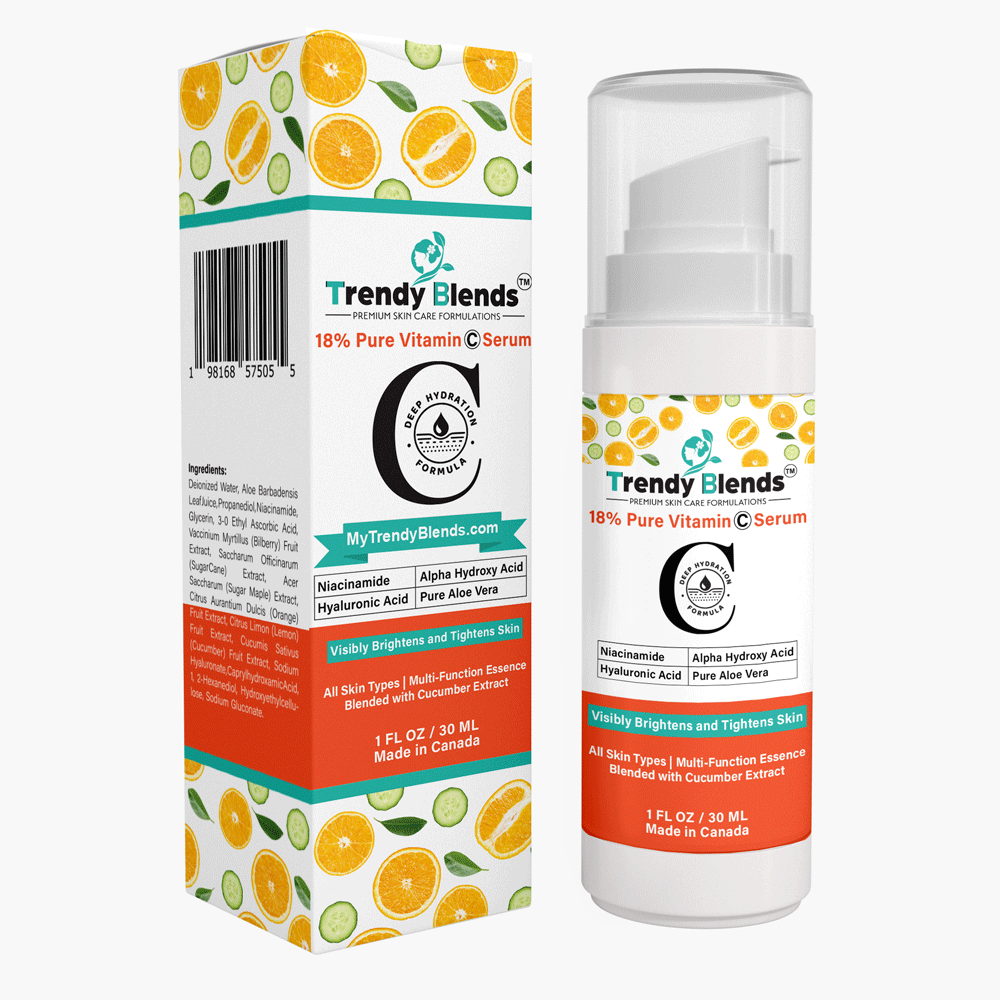

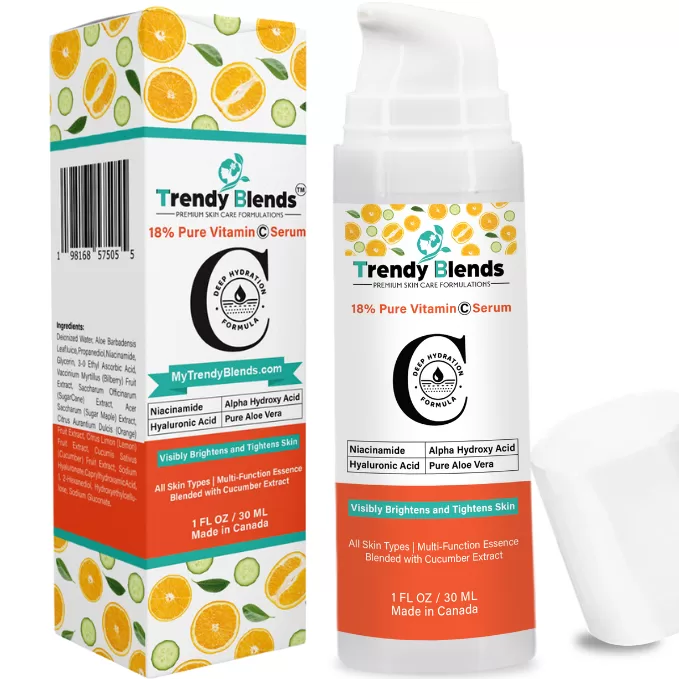

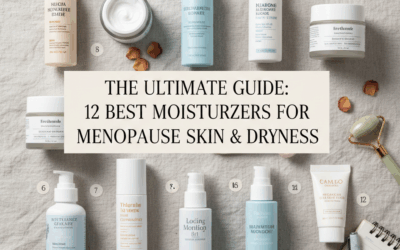



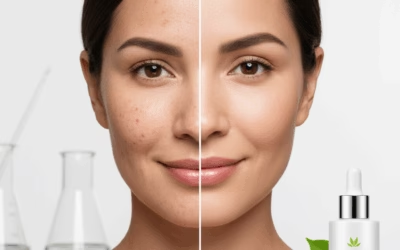
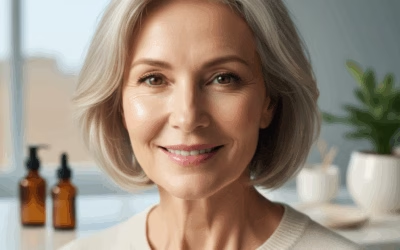
Comments are closed.